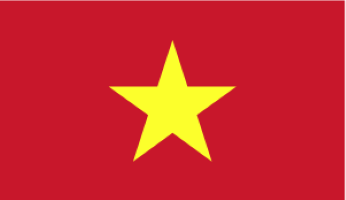In 1929, Jesse Livermore (J.L.) shorted the U.S. stock market, marking one of the greatest trades in financial history. This trade demonstrated the intelligence, patience, courage, and hard work required in financial trading. Perhaps only George Soros' shorting of the British pound in 1992 can rival it. Soros made $1 billion in just 9 days, becoming one of the top 10 wealthiest individuals in the world at the time (Soros ranked 23rd on the 2016 global billionaire list). Unfortunately, J.L. kept his 1929 trade a secret, and his book "How to Trade in Stocks," published before his suicide, does not mention it at all. His two previous biographies also lacked valuable records of this period. Fortunately, the latest biography of J.L., "Boy Plunger," details this battle, and this article reviews the trade. The autobiographical novel "Reminiscences of a Stock Operator," narrated by May @Qilehui, detailing Jesse Livermore's life, is being serialized. You are welcome to download the "Honglvsandianban" app to listen.
This article is sourced from Global Macro Speculation, by Xiong Peng; edited by Qilehui (ID: qlhclub). Thanks to the original author for sharing. Please cite the source when reposting!
January ~ March 1929: Beginning to Focus on Short Selling Opportunities
Initially, J.L. was not heavily involved in the U.S. stock market's super bull run, only going long in the first half of 1928. The primary driving forces of this bull market included:
U.S. economic development, with the country's growth rate exceeding 10% for three consecutive years in the 1920s.
A loose monetary policy and loan rates held at a low 5%.
Developed stock leverage, with ordinary investors able to leverage 10 times, while large traders like J.L. could leverage 25 times. Banks liked the profits from stock financing (the financing rate at the time was 15%).
Although experienced traders are not afraid to go long or short, J.L. was a natural bear. Since 1928, he had felt that the U.S. stock market's continuous rise was unsustainable, and by early 1929, he began focusing on the stock market.
In January 1929, the Dow Jones Industrial Average (DJIA) rose by 7%, and trading volume doubled compared to the same period last year. This was when J.L. first sensed that an opportunity was approaching. In fact, he had already been testing the market with small positions since the second half of 1928, though the results were always losses. From a chart perspective, the U.S. stock market in January 1929 showed no signs of a top, nor did it meet J.L.'s own trading criteria. This detail made me confirm a concept: J.L.'s later summary of his trading experience in 1940 was an idealized state, which was difficult for him to achieve. This is human nature; we shouldn't blame him, but future traders can learn from his experience.
On February 2, the Federal Reserve began investigating data on banks' financing of brokerage firms. In 1929, the Federal Reserve handled policy decisions more professionally than China's securities regulator in 2015. The market closed lower that day, with normal trading volume.
But for sensitive traders, this was a signal, similar to China's securities regulator investigating brokerage leverage on January 20, 2015.
On February 11, the Federal Reserve warned that the stock market bubble was unsustainable. The market opened lower, with a maximum drop of 3% throughout the day. From a chart perspective, it looked grim. I am not sure if J.L. traded that day, but some impatient traders may have entered shorts. From a mainstream bias, shorting at this point was considered early. This is an important lesson: shorting a major top requires extraordinary patience and waiting. One should not jump in too soon.
On March 4, Hoover took office as president and criticized Wall Street in his inauguration speech. Stocks fell by 2%. This day further reinforced J.L.'s bearish conviction. In February, $22 million in gold flowed into Wall Street from the UK, indicating British involvement in the U.S. stock bubble.
After three consecutive days of declines, the market returned to its previous highs, with normal trading volume. But it was evident that the market lacked momentum for further gains. Starting on March 18, the stock market entered a high-level consolidation phase, with weak fluctuations in the range and an increase in the volume of trades. On March 22, the Federal Reserve held a meeting, and the market was concerned about tightening monetary policy, causing a decline in stocks. J.L. believed that the first major shorting opportunity was ripe.
On March 25, J.L. sold short 150 million shares with $7 million of his own capital, utilizing extreme leverage, which required tremendous courage. This was because a 5% increase in the stock price would have meant bankruptcy. Whether J.L. knew the outcome of the Federal Reserve's meeting in advance is not disclosed by the author, but I believe it was possible, as he didn't fully leverage his position in the final showdown. The market plunged that day, and J.L. held his position overnight. The next day, the financing rate for stocks was raised from 15% to 20%, causing a sharp market drop, with the most panic-stricken moment seeing a 6.7% drop. J.L. closed his position one hour before the market closed, making an $8 million profit. This short-term strike was a huge success.
On March 27, the president of Citibank announced full support for stock financing, leading to a significant market rebound, and stocks reached new highs over the next two months.
To summarize the first phase of trading, the March 25 surprise attack was the most successful. He chose to strike during the Federal Reserve meeting rather than on Hoover's inauguration day. During this process, he demonstrated the importance of "patience" and the skills required in short-selling.
April ~ August 1929
The trend of the market continued along its previous direction. During this period, J.L. conducted close research and tracking. Apart from some small trades testing the market, the notable trade occurred on May 13.
On May 13, J.L. repeated the tactic from March 25, selling short large volumes of stock and quickly covering once the price fell. He made $1 million that day. It should be explained that J.L. had calculated the impact of his selling on the stock price. He hired statisticians to work for him and estimated that with $150 million in selling, it would represent 1% of the day's total market volume, which would bring the market price down by approximately 1.5% in a short period. This was part of the source of his courage for the March 25 and May 13 trades. I am not sure why J.L. chose to act on May 13, as the market experienced larger declines on May 20, 22, and 27, which he likely didn't participate in.
J.L. always emphasized entry points, only trading at key moments. May 13 didn't fit his definition of a key point, and perhaps he just wanted to test the market. At the time, his actions were legal, but in today's high-frequency trading era, whether this method of testing the market with large sums is still feasible is worth considering. Or, are there other lower-cost methods available?
On May 29, the UK elected a new left-wing prime minister. J.L. believed that the probability of a Bank of England interest rate hike was increasing.
In June, stock prices accelerated upwards. J.L. discovered that the number of stocks reaching new highs in June decreased from 614 a year ago to 338. Starting on June 20, stocks rose for 13 consecutive days, which was a typical bull market characteristic.
After July 10, stocks entered a consolidation period, but trading volume remained relatively high.
On July 17, J.L. held a staff meeting to discuss the possibility of an interest rate hike by the Bank of England. More importantly, new housing data and automobile sales data had slowed down, which are important leading indicators of the U.S. economic cycle. J.L. had a research and trading team of about 20 people.
On July 18, another hero of 1929, Joseph Kennedy (President Kennedy's father), sold short 1 million shares, citing that a Wall Street shoe-shiner had recommended buying railroad stocks. It can be seen that the stock price continued to rise, causing a 10% paper loss on his position. This is one of the most difficult aspects of short-selling because, with slight misjudgment in timing, a trader can incur significant losses.
In reality, very few people made big profits shorting stocks in 1929, including Baruch and Babson (both good friends of J.L.). Babson later used his profits to build Babson College in Boston, which is now one of the best business schools in the world. Meanwhile, the mainstream view on Wall Street at the time was that the economy was developing well, monetary policy was moderate, and stock P/E ratios were only 10% higher than historical averages. They didn't foresee a collapse. The only concern was the P/B ratio, which was double the average level. Many reasons were found to rationalize this 100% overvaluation.
By August 1929, J.L. had lost $6 million








